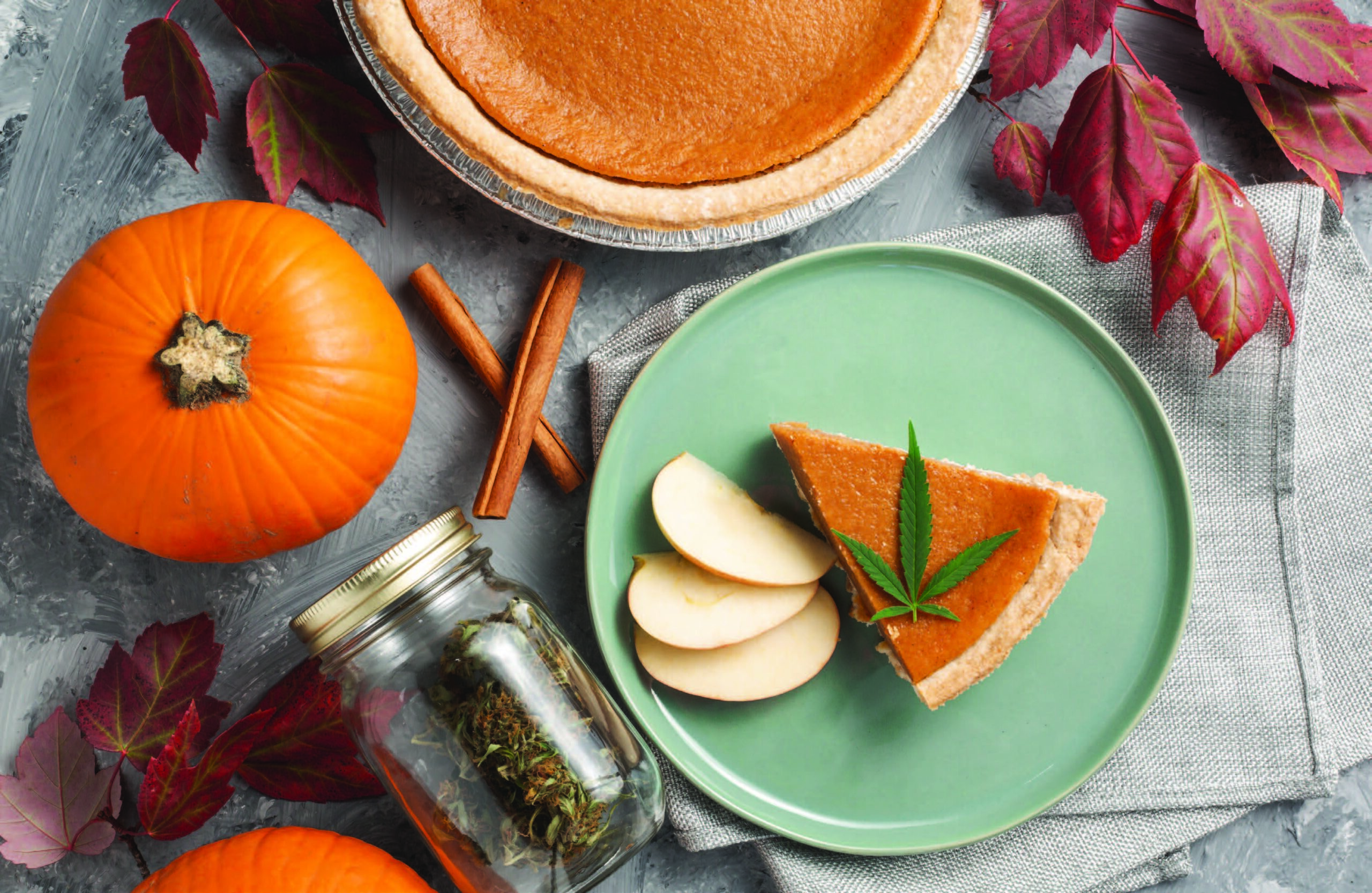I’m in a bit of pickle over the weather lately: I love the snow, fireplaces, hot chocolate, snuggling and any and all adventures in the snow. Last week was super sunny and made me long for rafting, hiking, camping and, in short, made me want the summer to get here quicker. This past week I also helped filter the first batch of Mexican Logger for the season. I, of course, did a Quality Assurance taste test, and yes, it tastes like a silver medal, but again, it tasted like (and made me long for) summer.
Why exactly does Mexican Logger and other crisp yellow beers make us feel like summer? Why do they go down so smooth? And despite our country’s growing love of craft beer’s darker, hoppier alternatives, why are easy-to-swill yellow beers still a huge part of our beer and drinking culture? These are questions that are answered with a little history lesson, a little science lesson, and the last great innovation in beer.
If we go back in time to the mid-1800s, most breweries in the U.S. were producing ales, which are fermented at higher temperatures and have their roots in the English tradition of brewing. But a wave of immigrants from Germany and Eastern Europe began to flood the United States, and they brought their own way of making beer with them. Lagering – or storing – beer over the winter in caves or another cool spot was the primary practice in breweries in Germany and Eastern Europe. Because of this, lager beers, or cold-fermented and stored beers, were produced in limited quantities because of time and storage space. By the time the wave of immigrants hit the U.S., modern refrigeration was available, and the brewers who came from Germany, Czechoslovakia, Hungary and Poland used this new technology to make their lager beers year-round.
If you’ve heard of Schlitz, Pabst, Stroh, Coors or Anheuser-Busch, then you know the names of these immigrants and know their products. These companies didn’t just use refrigeration for the storage and manufacturing of beer, but for the first time used it for transportation, allowing them to reach markets further away than breweries had ever reached.
But why were lagers so much more popular? Why did beers from far-off lands like St. Louis ever get sold in the major cities on the coast? Thanks to refrigeration, the beer likely tasted just as good and fresh as the local brew, and because of a characteristic unique to lager beers, they look better in a glass. You see, lagers use bottom-fermenting yeast, as opposed to ales, which are top-fermenting. So lager yeast likes to settle to the bottom of tanks instead of floating around in the middle of the beer. The result is a beer that has a lot more clarity, less haze and no floaties. And if given the choice, wouldn’t you rather be drinking a nice crystal-clear yellow beer, rather than one with a heavy fog, especially in 1850, when even your tap water was probably hazy, if you even had running water?
What we see next is the nightmare that is the 20th century beer world: Through corrupt monopolistic practices, lager beers and the companies that produce them went on to dominate the world and push their one great idea down the gullets of the world’s beer drinkers. I only have one thing to say about the subject: Eff that. This aggression shall not stand, so don’t let it. When summer comes around full swing, don’t get a beer for the river that tastes like the river. Get something local, get something good, even if it is yellow and crisp and clear.
Robert Alan Wendeborn puts the bubbles in the beer at Ska Brewing Co. His first book of poetry, The Blank Target, was published this past spring by The Lettered Streets Press and is available at Maria’s Bookshop. [email protected]












